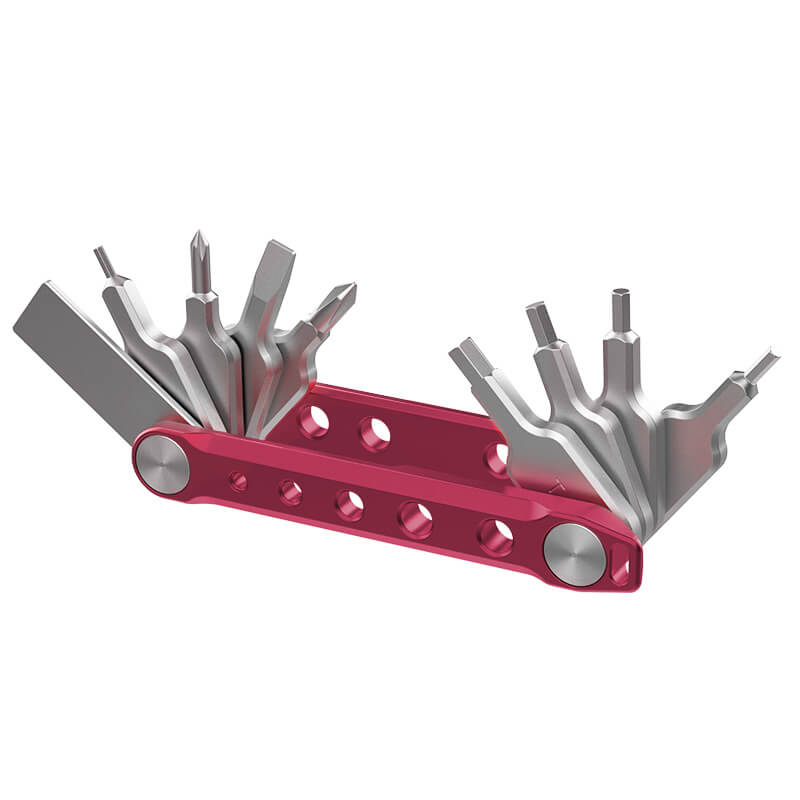A good camera bag is essential for any photographer, whether a beginner capturing special moments or an experienced professional working on intricate projects. This guide outlines the reasons for needing a camera bag, the available types, key factors to consider, additional features for improved usability, budget considerations, and useful resources.

Why You Need a Camera Bag
Keeping Your Gear Safe
A camera bag's main job is to protect your equipment from damage. Cameras and lenses can be delicate, and a strong bag safeguards them from impacts, dust, and moisture. Choosing a good camera bag helps keep your gear safe during travel and storage.
Staying Organized
Camera bags have multiple compartments and pockets to hold accessories like lenses, tripods, batteries, and memory cards. This organization helps prevent damage and makes it easy to find what you need quickly, which saves time and lowers the chances of forgetting important items.
Easy to Carry
Carrying camera gear without a proper bag can be awkward and uncomfortable. A good camera bag evenly distributes weight, making it easier to carry your equipment for long distances, whether walking in the city or hiking in the mountains.
Quick to Access Your Gear
Many camera bags are made for quick access to your gear, which is helpful for capturing spontaneous moments. Some bags allow you to swing them around to grab your camera without putting the bag down. This means you can take the shot without delay.
Types of Camera Bags
Backpack-Style Bags

- Advantages: Backpack-style bags are incredibly popular among photographers due to their comfort and large storage capacity. They allow you to carry multiple cameras, lenses, and accessories while keeping your hands free.
- Best Use Cases: These bags are ideal for outdoor adventures, travel, or any situation where you'll be on the move for extended periods. They distribute weight evenly across both shoulders, reducing fatigue.
Sling Bags
- Advantages: Sling bags provide quick access to your camera gear by allowing you to swing the bag around to your front. They are usually lighter and more compact compared to backpacks.
- Best Use Cases: Perfect for street photography, hiking, or casual outings, sling bags are great for photographers who need easy access to their gear without carrying excessive weight.
Shoulder Bags

- Advantages: Shoulder bags are accessible and versatile. Many have adjustable straps so you can wear them across your body or over your shoulder.
- Best Use Cases: These bags are good for day-to-day use and for short trips when you only need to carry a few essentials with you, while still having easy access to your camera.
Hard Cases
- Advantages: Hard cases provide the highest level of protection for your gear. They are built to withstand drops, impacts, and environmental conditions.
- Best Use Cases: Great option for air travel or environments where your gear may be at risk from severe weather or rough handling, hard cases keep your equipment safe and secure.
Specialty Bags (e.g., Belt Bags, Holsters)
- Advantages and Limitations: Specialty bags are designed for specific uses, like holsters for quick access to your camera without the bulk of a full bag. However, they might not offer enough space for extra gear.
- Ideal Situations for Use: Ideal for events where you need to carry a minimum of equipment while remaining mobile, such as weddings or concerts.
Key Factors to Consider
Getting the Right Size
Choose the correct camera bag according to the amount of equipment you already have. First, determine what type of camera you have: a DSLR camera, mirrorless, or compact. Secondly, count the lenses that you have. Be sure to leave enough space inside the bag that your camera and lenses fit without cramping them in. It's also wise to think about future purchases if you plan to upgrade your photography kit.
Padding and Protection
Padding is essential for protecting gear from bumps and drops. Look for bags with thick padding and padded dividers to keep each piece of equipment safe. Choose materials that provide water resistance or weatherproofing to protect your gear from rain or splashes, especially for outdoor shooting.
Easy Access and Smart Organization
Select a bag with different compartments to keep your gear organized. This makes it easier to find items quickly and prevents them from bumping into each other. Look for bags with designs that allow quick access to your camera, especially for capturing spontaneous moments.
Comfort Matters
Comfort is crucial, especially during long shoots. Choose bags with adjustable straps, padded backs, and breathable materials to improve comfort. Make sure the bag distributes weight evenly to prevent strain on the back and shoulders. A well-balanced bag makes it easier to carry gear for extended periods.
Where Will You Use It?

Consider where the bag will be used most often. For example, outdoor photographers should go for a waterproof backpack. In urban settings or for everyday use, a shoulder bag or tote might be a better choice.
Additional Features of Camera Bags
Handy External Pockets
External pockets offer convenient storage for small items like batteries, memory cards, or filters, so there's no need to dig through the main compartment every time something is needed.
Tripod Attachment Options
If you use a tripod a lot, look for bags with attachment points or straps to carry it securely without compromising space for other gear.
Flexible Compartments
Adjustable dividers let you create compartments based on your current equipment configuration. This flexibility means you can adapt to change as you upgrade or modify.
Stylish and Functional
Functionality is important, but don't overlook style. Some bags offer sleek designs that look more like everyday bags than traditional camera bags, so you can blend in more easily with casual surroundings.
Budget Considerations
Camera bags come in a wide variety of price ranges, depending on features, materials, and brands. Set a budget based on your needs and preferences. Think about the features that are most important to you and assess whether they justify the cost of a bag. Sometimes spending a little more upfront can pay off in durable performance. High-end cases often offer better materials, construction and warranties. If you travel a lot or are a professional photographer, it may be worth investing in a quality bag.
Conclusion
Choosing the right camera bag means understanding your needs, looking at the different types of bags available, and checking important features like size, padding, easy access, and comfort. Take your time to research and try different bags before making a purchase. Your camera gear deserves the best protection and comfort. Explore your options and find the perfect fit for your photography adventures!






